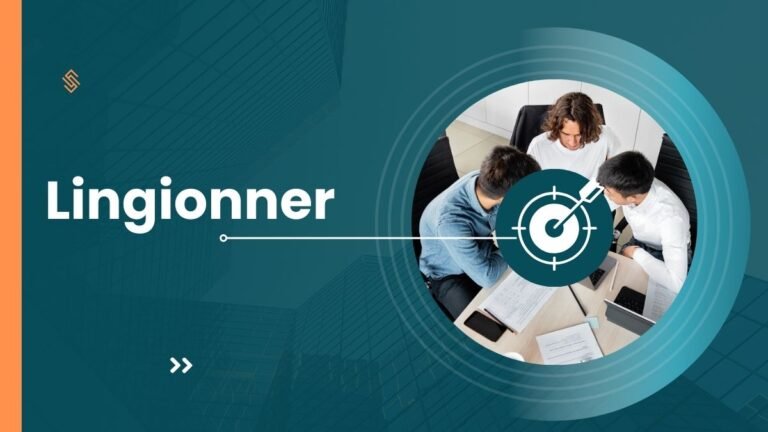Introduction to Lingionner
Lingionner is an emerging concept in the field of linguistics and technology that focuses on enhancing and transforming language understanding and communication. Rooted in the intersection of linguistic science and technological innovation, it represents a shift towards smarter, more efficient ways to break language barriers.
Why It Matters Today
In our globalized world, effective communication is key to collaboration, cultural exchange, and progress. Lingionner aims to bridge the gaps caused by linguistic differences, paving the way for a more connected society.
The Growing Importance of Linguistic Innovations
As technology advances, the demand for innovative approaches to language learning, translation, and communication has surged. Lingionner is at the forefront of this evolution, integrating AI and machine learning to solve real-world problems.
Origins of Lingionner
Historical Context
The study of language has been central to human civilization, with early linguists laying the groundwork for understanding syntax, semantics, and phonetics.
How Lingionner Evolved
The integration of computational methods in linguistics marked a significant turning point. From simple translation tools to advanced AI-driven platforms, Lingionner embodies this progression.
Pioneers in the Field
Visionaries in computational linguistics and artificial intelligence have been instrumental in shaping Lingionner. Their contributions highlight the potential of merging human creativity with technological power.
Key Concepts in Lingionner
Fundamental Principles
Lingionner is built on the principles of accessibility, efficiency, and cultural sensitivity. These values drive its applications across various domains.
Role of Technology in Lingionner
AI and Machine Learning Applications
AI enables Lingionner to analyze vast amounts of linguistic data, offering real-time translation, voice recognition, and predictive text features.
Data Analysis in Language Development
By examining patterns in language use, Lingionner refines its algorithms, ensuring accuracy and cultural relevance.
- Practical Applications of Lingionner
- Education and Language Learning
- Enhancing Multilingual Communication
Lingionner tools empower students and educators by simplifying the learning process and enabling cross-lingual interaction.

Breaking Cultural Barriers
From negotiations to marketing, Lingionner facilitates seamless communication, fostering stronger international relationships.
Healthcare and Language Accessibility
Translation for Medical Purposes
Accurate medical translations save lives. Lingionner’s technology ensures patients and healthcare providers understand each other, regardless of language.
Challenges and Limitations
- Technological
- Barriers
Developing robust, adaptable systems requires significant investment and expertise, posing challenges for widespread adoption.
Ethical Considerations
Privacy and data security are critical concerns, as linguistic data must be handled responsibly to protect users.
The Future of Lingionner
Upcoming Trends
Expect advancements in voice recognition, real-time translation, and personalized language learning platforms.
How It Will Reshape Communication
Lingionner will redefine how we interact, making communication across languages as effortless as speaking your native tongue.
Conclusion
Lingionner is more than a technological innovation; it’s a cultural bridge that unites people through language. Its potential to transform education, business, and healthcare is immense, promising a future where linguistic diversity is celebrated rather than seen as a barrier.
FAQs
What are the main benefits of Lingionner?
Lingionner enhances communication, promotes cultural understanding, and improves accessibility across languages.
How does Lingionner impact global business?
By breaking language barriers, Lingionner enables smoother negotiations, marketing, and collaborations on an international scale.
What role does AI play in Lingionner?
AI drives Lingionner’s efficiency, offering advanced features like real-time translation and voice recognition.
What are the challenges of implementing Lingionner technologies?
Key challenges include technological complexity, high costs, and addressing ethical concerns like data privacy.
How can one learn more about Lingionner?
Explore resources in computational linguistics, AI applications, or engage with platforms specializing in language technology.

